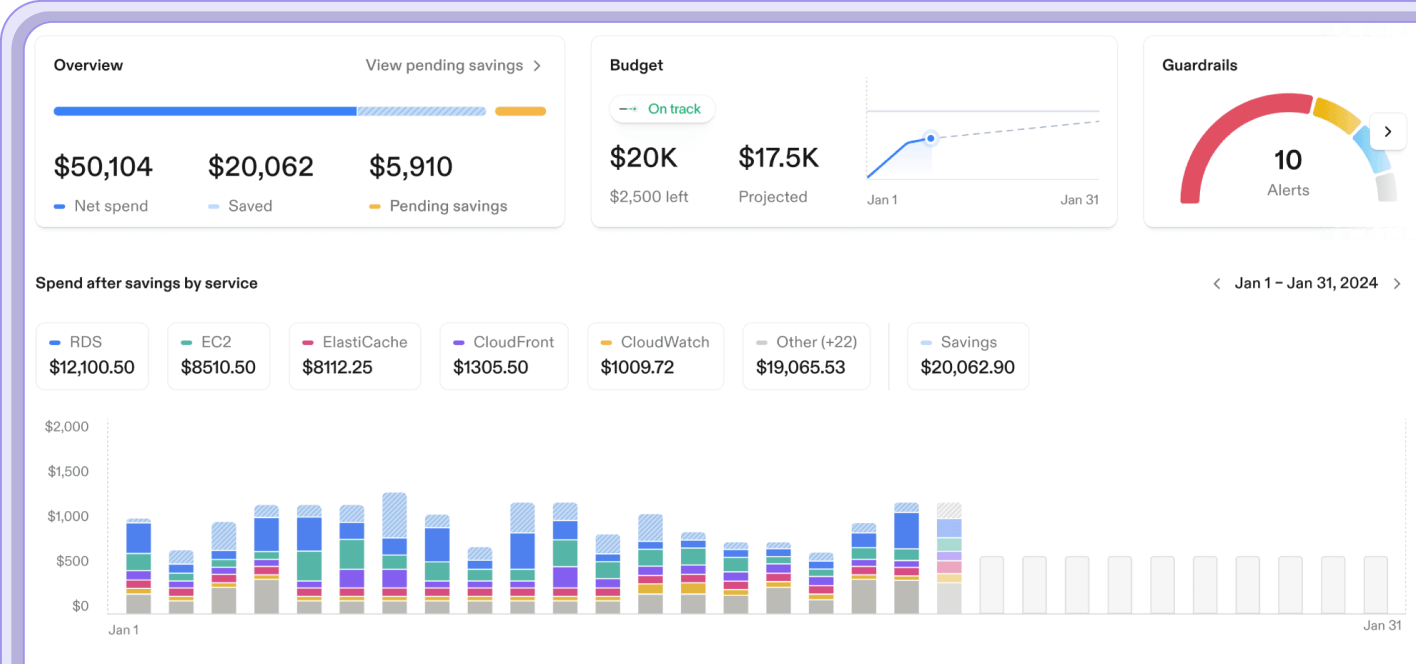The SWIFT Journey to the Cloud
- Resources
- White-papers
- The SWIFT Journey to the Cloud

How banks & financial institutions can save time, resources and reduce risks in an increasingly complex digital world
Financial institutions are at a crossroads. With significant regulatory and cybersecurity challenges, increased competition, digital disruption, and a new generation of consumers who expect more from their financial service providers, institutions must develop greater resilience and find more efficient operating models that aren’t reliant on complex legacy infrastructures. Whether financial institutions can overcome the challenges at hand and transform their operations will largely depend on the utilization of cloud technology in key business areas. inancial institutions can overcome the challenges at hand and transform their operations will largely depend on the utilization of cloud technology in key business areas.
Today’s financial landscape is evolving rapidly and increasing with complexity. Advances in technology have changed customer expectations and enabled a new generation of digital banks, without the burden of legacy infrastructures, to introduce innovative financial service offerings faster than ever before.
While a growing number of solution providers crowd the market, financial institutions are also having to combat an unprecedented rise in cyberattacks and fraud. If that weren’t enough, an increase in the number and complexity of regulations across different jurisdictions has also made it much more challenging for institutions to stay on top of the latest standards resulting in increased compliance costs and risks.
Ready to read the white paper?
Arrange a demo
Our fraud and compliance experts are ready to help build you a custom solution. Book a demo with our team today and start your journey to compliance bliss.
